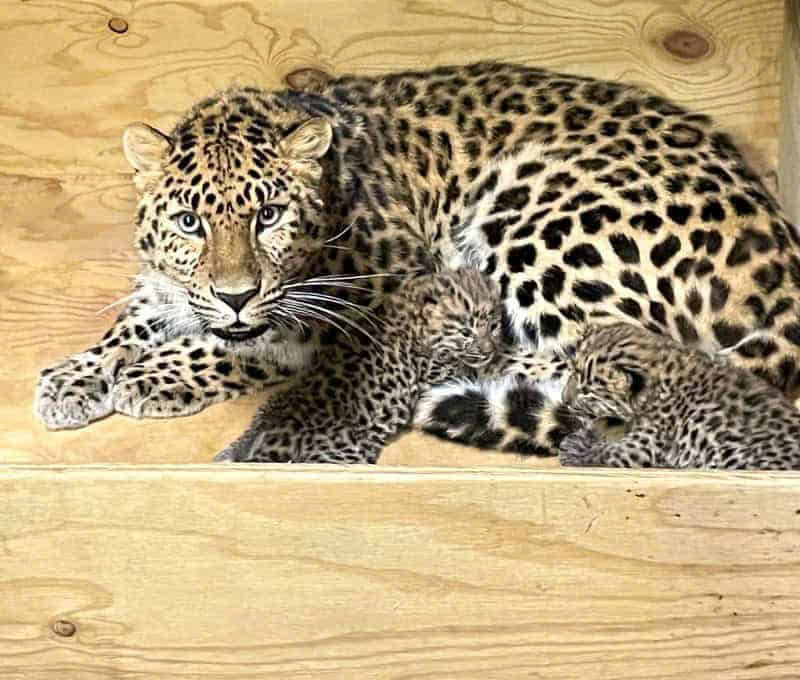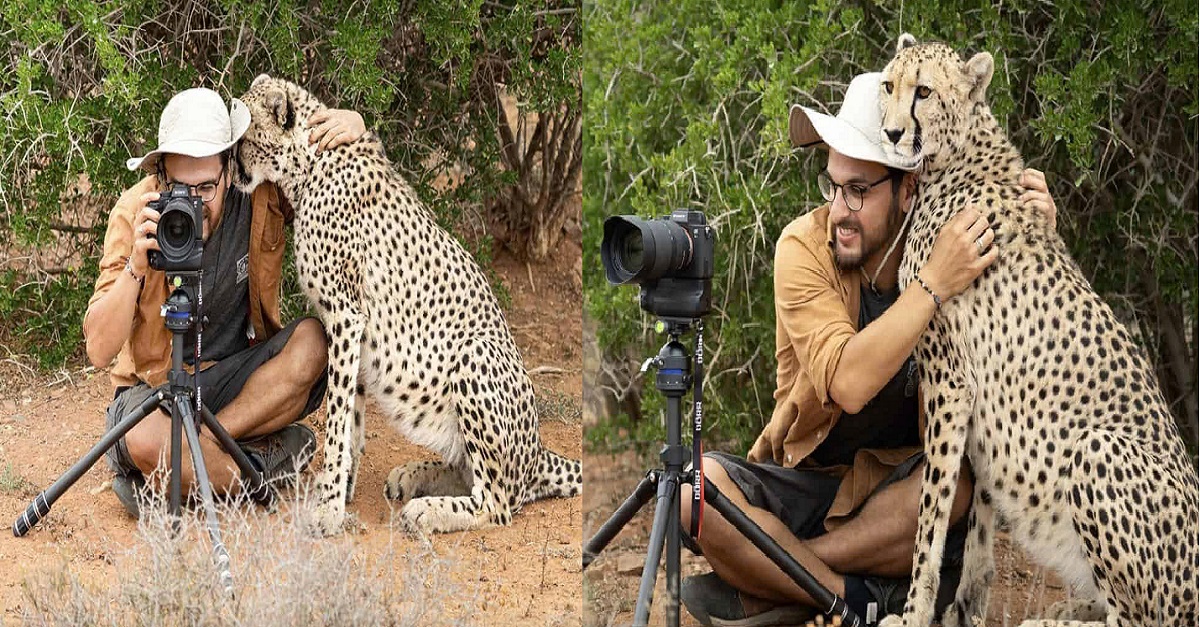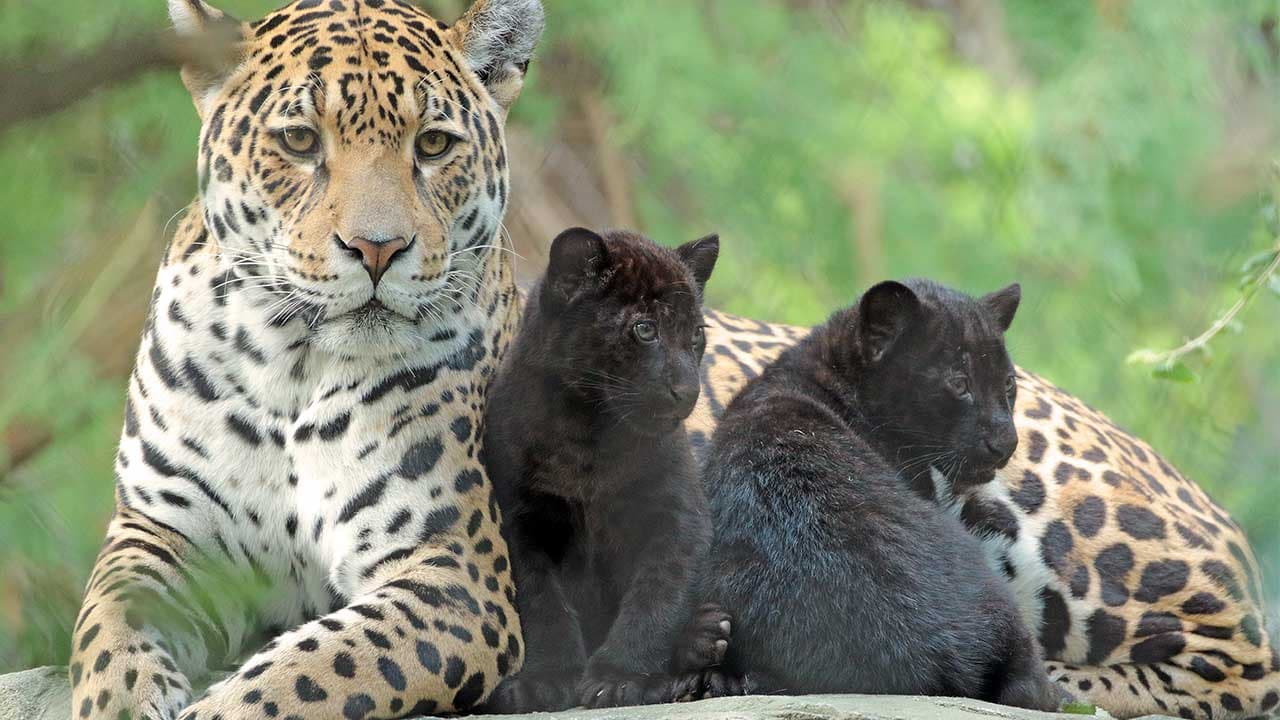The Saint Louis Zoo is proud to announce the birth of two Amur leopard cubs, born on April 21, 2022. These critically endangered cubs, both female, are a significant contribution to the conservation of the Amur leopard population in North American zoos. This is the first time since 2010 that the zoo has welcomed Amur leopard cubs, making their birth an important step in protecting one of the rarest big cats in the world.

The zoo’s carnivore care team has named the cubs Anya, meaning “grace,” and Irina, meaning “peace.” Their mother, Dorothy (Dot), and father, Samson, are both four years old, and this is their first litter. Dot and her cubs are doing well and will remain in a private indoor den for the next few months, where the cubs will grow healthy before being introduced to their outdoor habitat. Samson, their father, is currently on display at the zoo’s Big Cat Country for visitors to see.

Steve Bircher, the Carnivore Department Manager at the Saint Louis Zoo, praised Dot’s nurturing abilities, stating, “Dot is an amazing mother, and it’s exciting to see her care for her first litter so wonderfully. With so few of these big cats remaining in the world, every birth is crucial for the species’ survival.”
The cubs’ first health check was done when they were two weeks old, confirming they were healthy, each weighing about 2.5 pounds, which is typical for their age. The pairing of Dot and Samson was recommended by the Amur Leopard Conservation Plan of the Association of Zoos and Aquariums (AZA), aimed at maintaining a genetically healthy population of Amur leopards in North American zoos.

This birth is particularly significant because there are fewer than 100 Amur leopards left in the wild, mostly in the coniferous forests of the Primorye region in Russia. Bircher pointed out that more Amur leopards are cared for by humans than exist in the wild, with approximately 300 leopards living in zoos globally.
Without conservation efforts, the species may face extinction due to threats such as habitat loss, poaching, and human encroachment. Amur leopards have a gestation period of about 100 days, and in the wild, cubs stay with their mother for up to 1.5 years before young males establish their territories. Female cubs typically remain in their mother’s territory once they reach maturity.

For updates on the cubs and other animals at the Saint Louis Zoo, visit their website or follow them on social media.
The zoo, home to over 14,000 animals across 500 species, continues to lead in animal care and conservation, attracting approximately 3 million visitors each year.















